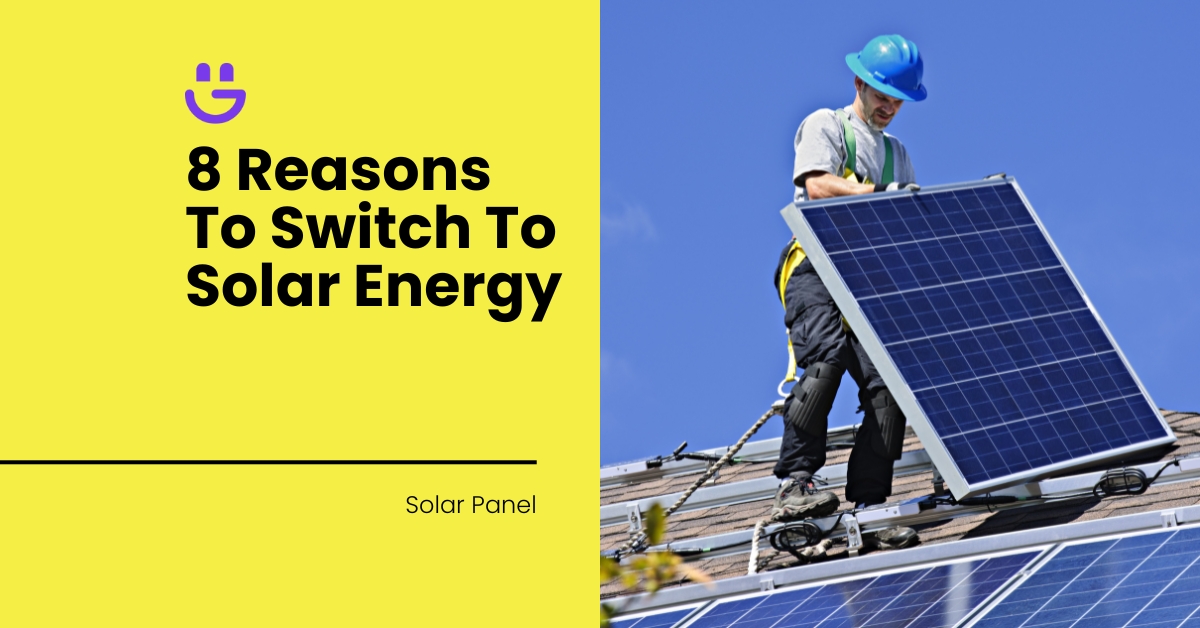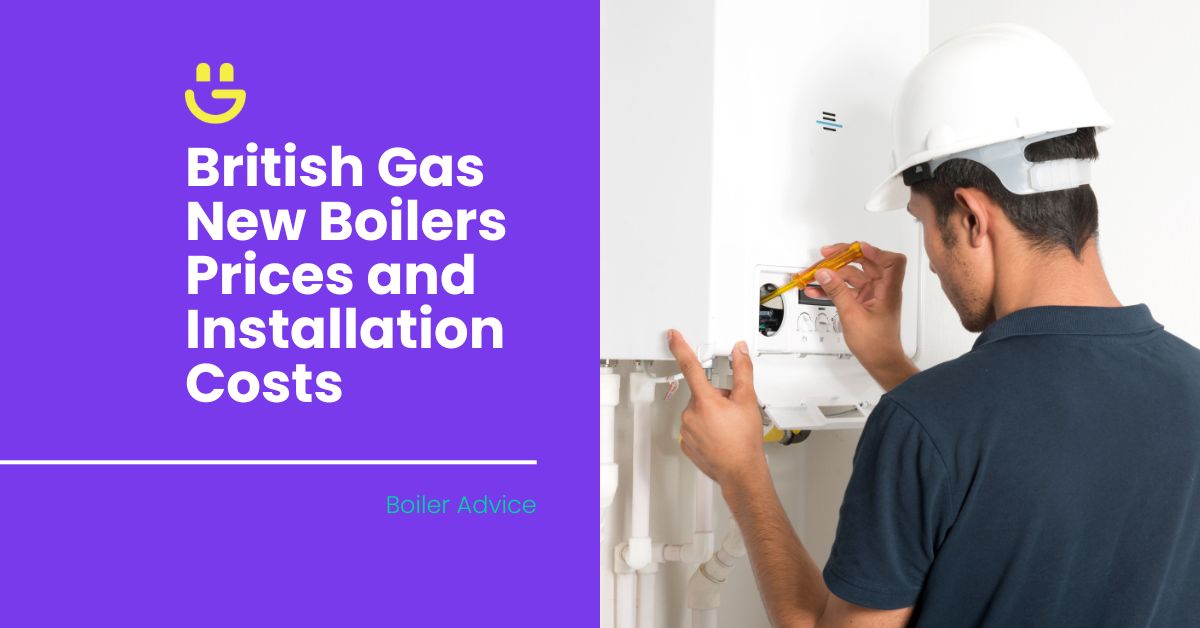Last Updated on January 8, 2025
Once you decide to switch to renewable energy sources, you can start looking into different types of solar panels.
Flexible and rigid solar panels are two of the most common options, but how do you know which one makes a better investment?
We’re here to take the complexity out of this decision by providing all the details you need on these two options.
Key Takeaways
- Rigid solar panels are best for UK homeowners with smaller budgets, as they cost around £20 less per panel. They are also more durable than flexible panels, so they tend to last much longer
- Flexible solar panels are best if you have a curved or irregular roof. However, they offer slightly lower efficiency ratings of between 10% and 18%, so you may need more panels to meet your energy demands.
Contents
What Is the Difference Between Flexible and Rigid Solar Panels?
Flexible solar panels are lightweight, thin, and can bend to fit curved surfaces, making them ideal for mobile applications like caravans, boats, and off-grid setups. Rigid solar panels, on the other hand, are heavier, more durable, and mounted on sturdy frames, making them better suited for permanent installations like rooftops.
Flexible or Rigid Solar Panels: A Detailed Comparison
When comparing flexible panels to rigid panels, there are a few key differences that stand out. Let’s take a look at them.
Cost
- Rigid solar panels: Rigid solar panels are less expensive per watt compared to flexible panels. For example, a 100 W rigid panel typically costs between £75 and £125.
- Flexible solar panels: Should you decide to go with flexible panels, you can expect to pay more. A 100 W panel can cost as much as £145. When you factor in how many panels you will need plus the installation, the total cost can quickly add up.
Performance and efficiency
- Rigid solar panels: Rigid panels generally offer higher efficiency rates. Monocrystalline panels typically achieve efficiencies of 19-22%, while polycrystalline panels are slightly lower at 15-18%. This higher efficiency means they can generate more electricity from the same amount of sunlight.
- Flexible solar panels: Flexible panels tend to have lower efficiency rates, typically of 10-18%, although some high-end models can reach up to 21%. Flexible panels are more affected by heat because they lack the air circulation that rigid panels benefit from, leading to a decline in performance as it gets too hot for your solar panels.
Installation process
- Rigid solar panels: Rigid panels, which are best suited to flat or sloped roofs, tend to have a more complex installation process. Mounting surfaces first need to be added to your roof before the panels can be applied. The panels will then be angled for maximum sunlight exposure.
- Flexible solar panels: The versatility of flexible solar panels makes them a popular option. Not only do flexible solar panels weigh less, but they can be installed on curved, irregular, and lightweight roofs. These panels can be attached using adhesives, Velcro, or even zip ties, making them a popular choice for DIY installations.
Size and shape
- Rigid solar panels: The size of rigid solar panels ranges from 1.6m x 1m to larger sizes like 2m x 1m, making them ideal for conventional roof spaces. They are mostly rectangular in shape, which maximises the number of solar cells that can be packed into a given area.
- Flexible solar panels: Flexible panels are usually smaller than rigid variations, ranging from 0.5m x 0.3m to 1m x 0.5m. The beauty of flexible panels is that they’re thinner and can conform to various shapes due to their bendable nature. This makes them suitable for unusual or curved surfaces, such as the roofs of caravans or boats.
Design and aesthetics
- Rigid solar panels: Traditional rigid solar panels have been around the longest and are considered less visually appealing than flexible panels. These panels typically come in dark blue or black and have a shiny surface that makes them more noticeable. The mounting system can also make their appearance appear more bulky.
- Flexible solar panels: Flexible solar panels have a more modern and sleek appearance. Because of their thin and flexible nature, it’s easier to get them to sit flush with a surface. The fact that they don’t require a mounting system also adds to their visual appeal.
Durability and lifespan
- Rigid solar panels: Rigid solar panels are built to withstand harsh weather conditions including heavy snow, strong winds and hail, giving them a longer lifespan. The tempered glass and aluminium frame offers superior protection against physical impacts and with regular solar panel maintenance, can be expected to last for over two decades.
- Flexible solar panels: Even though flexible solar panels are made to be weather-resistant, they are slightly less durable than rigid panels. The plastic and thin-film photovoltaic layers are more susceptible to wear and tear as well as physical damage from bending and impacts.
Warranty
- Rigid solar panels: Because rigid panels are designed to last, most manufacturers offer a warranty of between 20 and 30 years. In fact, many rigid panels will last well over the 30-year period with enough cleaning and regular maintenance.
- Flexible solar panels: The expected lifespan of most flexible solar panels is much shorter, ranging from 5 to 10 years. Manufacturers will generally only offer warranties of 1 to 5 years because of the limited durability of these panels.
Flexible or Rigid Solar Panels: Which Is Best for You?
Now that you have a clear understanding of the differences between flexible and rigid solar panels, here is how to make a final decision on your solar power system.
Energy requirements
Before you can decide which solar panels are right for you, it’s important to understand your energy requirements. A 4 kW solar power system is recommended for the average household in the UK, which will generate roughly 3,500-4,000 kWh per year. A system of this size requires around 12-16 panels, assuming each panel is about 300-350W.
Cost
Once you understand your energy requirements, it’s easier to set a budget for your solar power system. When deciding on how many solar panels you need, don’t forget to factor in the size of your roof. You may only be able to accommodate a certain number of solar panels.
Installation
Next, you want to consider the installation process. What type of roof do you have and is your roof suitable for the solar panels you have in mind? Don’t forget that for a mounting system to be added, your roof needs to be in good condition, so you may need to factor in repairs or upgrades in some instances. If you’re concerned about solar panels damaging your roof, read our in-depth article to learn more.
Aesthetics
The final aspect to consider is how concerned you are about the final look and feel of your roof. If you’re not too fussed about a mounting system and your solar panels being visible, traditional rigid panels are ideal, even more so if you want to save on costs. If you don’t mind spending extra to have a sleeker final appearance, a flexible solar panel system will work.
Get Your Solar Installation Quote Today
Ready to start saving with renewable energy? Get your tailored solar installation quote in just a few easy steps! Share a few details with us, and our experts will provide you with a personalised, no-obligation quote designed to meet your specific needs.
FAQs
Are rigid solar panels suitable for ground installations?
Yes, rigid solar panels are suitable for ground installations. They are commonly used in ground-mounted solar setups, especially for residential, commercial and utility-scale solar power systems. A ground installation is best if there is limited roof space, the condition of the roof is poor, or the roof’s orientation and shading are an issue.
Do flexible solar panels overheat?
Flexible solar panels can overheat more easily compared to their rigid counterparts due to their design and installation methods. This is because flexible panels are often installed directly onto surfaces without a gap. This lack of airflow beneath the panels can lead to heat buildup.
Do rigid and flexible solar panels have the same power output?
Unfortunately, not. Rigid solar panels tend to have higher efficiency ratings. This means they can convert more sunlight into electricity per unit area compared to flexible panels. Due to their higher efficiency, rigid panels can achieve higher power outputs.
Final Thoughts
There are some notable differences between a flexible panel and a rigid solar panel that are worth looking into before you decide to invest in a renewable energy system for your home. Knowing what to expect in terms of cost, solar panel lifespan and the installation process can help you make a more informed decision.





James Elston
Boiler Expert
James Elston is the top boiler replacement and heating expert at Eco Happy. He has over 20 years of experience in the industry, focusing on Gas Safe boiler installations and offering home-heating and energy-saving solutions to homeowners across the UK. From sourcing the most energy-efficient combi boiler to providing specialist heating advice, James ensures that Eco Happy maintains the highest standards and best customer service.